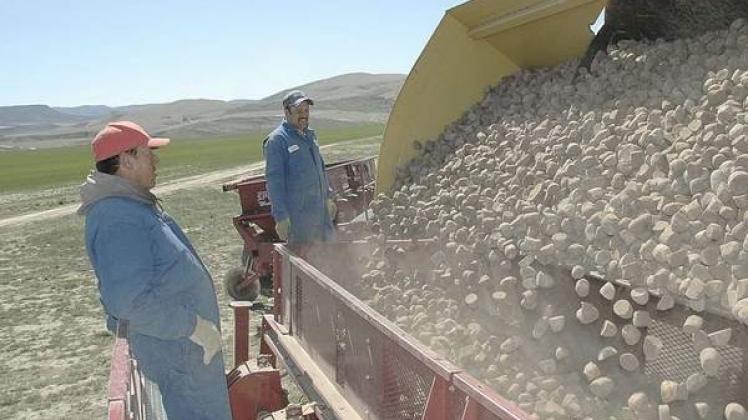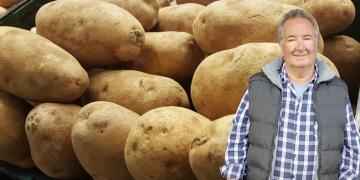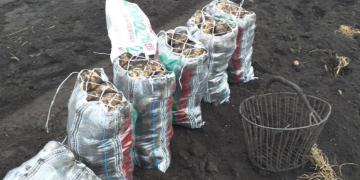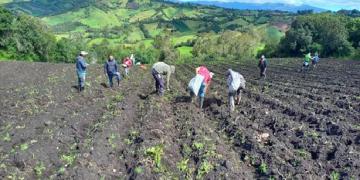EEUU: Spud market sluggish as Idaho starts planting
The potato market remains in a slump as Idaho growers plant their 2015 crops.

IDAHO FALLS, Idaho — As potato growers plant their 2015 crops, University of Idaho Extension economist Paul Patterson believes the market is sending signals that they should reduce their spud acres.
Whether or not growers will heed the market’s warning remains to be seen, Patterson said.
The potato market started 2013 with low prices and gradually improved, finishing the year strong. In December, Patterson predicted 2014 crop prices, which started low, would also improve steadily, with grower returns crossing into the black by January.
Instead, according to Patterson’s estimates of Eastern Idaho production costs and economist Bruce Huffaker’s estimates of grower returns, prices peaked in early December, when the grower return covered about 87 percent of production costs on paid yield. From February through April, Patterson estimates grower returns have covered just 67 percent of production costs on paid yield.
The exception has been cartons of the largest spuds, due to a 2014 crop profile heavy in small tubers. Large carton prices are up 16 percent since early December, while consumer bag prices are down about 29 percent. On Russet Burbank, Patterson said just 60-65 percent of Idaho’s crop grades U.S. No. 1 and can be packed for fresh sales, and just 10-15 percent of spuds end up in large cartons, which are now selling for more than $30 per hundredweight, compared with $10.50 per hundredweight for the smallest-sized cartons.
“The market is saying reduce the supply,” Patterson said. “The message that growers should hear is plant fewer acres of potatoes.”
The major processors, looking to cut their Northwest acreage, are allowed under Idaho contracts to reduce spud acres by 10 percent. Industry experts hope contract growers won’t maintain normal acreages and sell the excess through fresh channels.
Patterson believes processors are responding to the high value of the U.S. dollar affecting foreign exports and market disruptions caused by the West Coast port labor dispute.
Kevin Stanger, senior vice president of Wada Farms in East Idaho, said his business has cut back on spud acres in favor of wheat.
“I see large cartons continuing to stay strong and get stronger. I don’t really see much hope on the small bags and small cartons,” Stanger said. “I think we’re looking forward to next year, and hopefully we’ve got less acreage and we’ve got a little better product.”
United Potato Growers of America will physically count every spud acre in Idaho and other major growing areas in May and June. UPGA President and CEO Jerry Wright and his staff have updated a 2004 UI study to convince growers to lengthen their rotations between spuds.
In 2004, UI calculated growers who plant spuds every other year stand to increase yields by 40 hundredweight per acre over time by lengthening rotations between spuds by one year. Using Patterson’s most current yield and input cost estimates and 2014-2015 contract prices, UPGA calculated the extra year increases grower margins 50 cents per hundredweight.
“You’ll also get measurable improvement in quality,” Wright said.
UPGA will send thumb drives with a program to growers wanting to calculate farm-specific numbers on lengthening rotations.
Fuente: http://www.capitalpress.com/storyimage/CP/20150414/ARTICLE/150419938/AR/0/AR-150419938.jpg&MaxW=600








